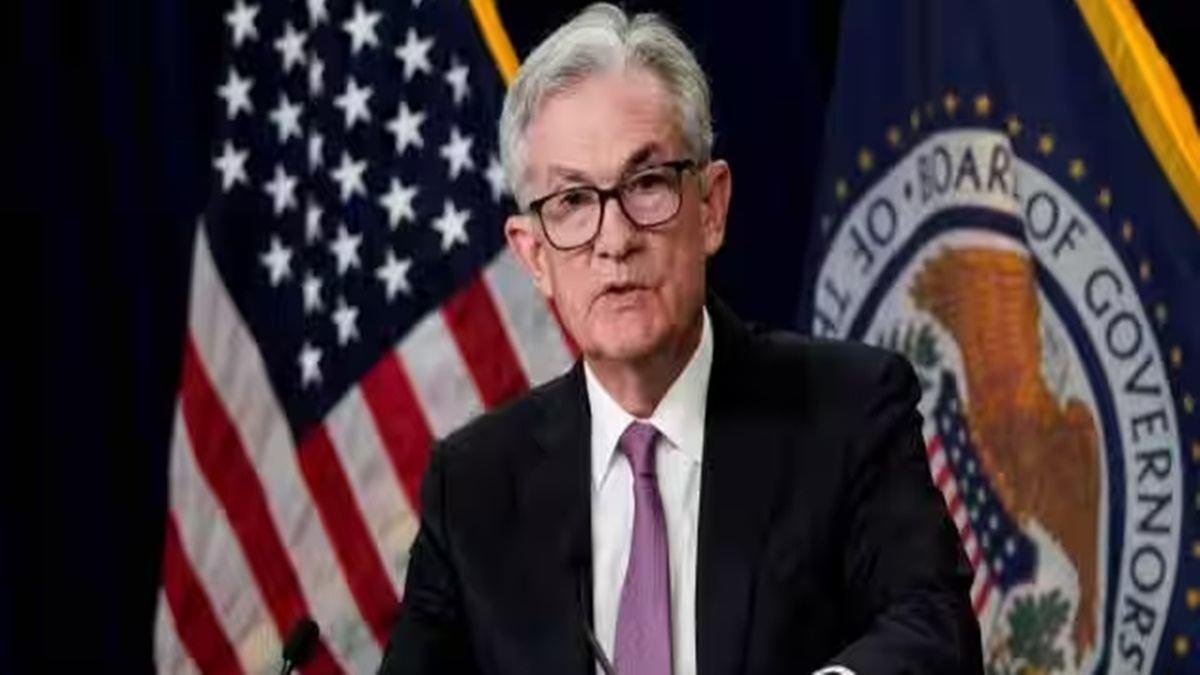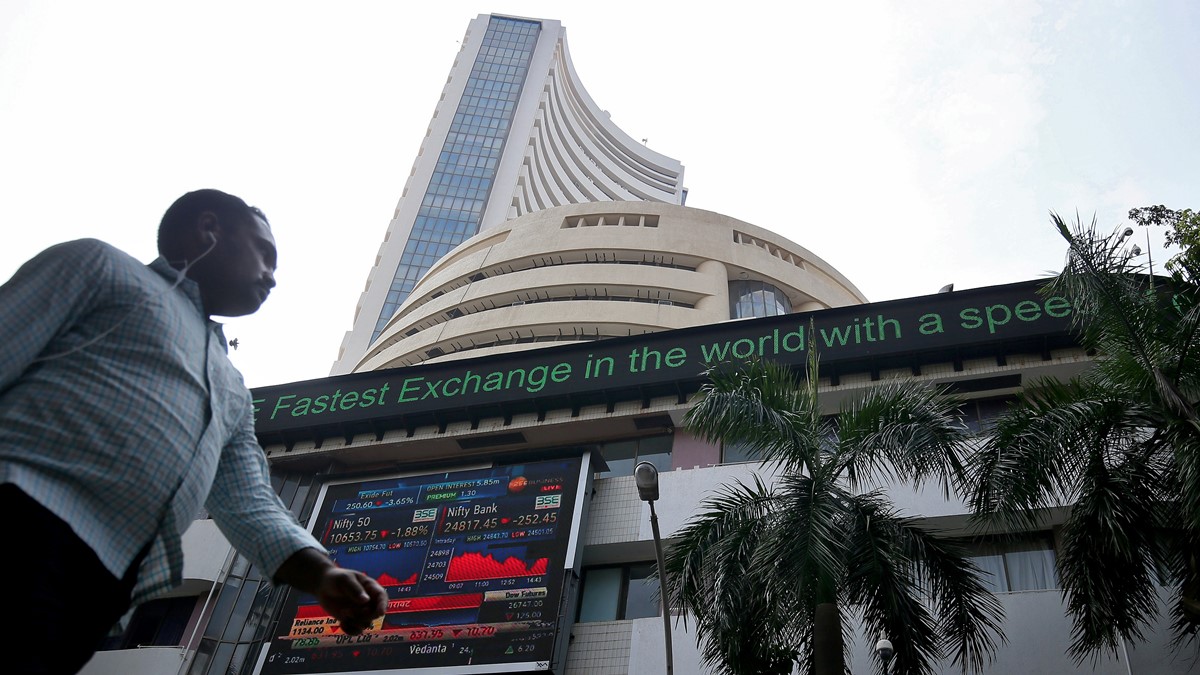The yield on 10-year US treasury bills breached the psychologically crucial 5% mark on Monday – the highest since July 2007 – bringing back memories of the 2007-08 financial crises. The spike came on the back of fears that the US Federal Reserve will keep rates higher for a longer period.
Last week, US Federal Reserve Chairman Jerome Powell said inflation in the US continues to be too high and bringing it down to the Fed’s 2% target level will likely require a slower-growing economy and job market. His hawkish comments came against market expectations that the rate hikes had reached an end.
The yield on India’s 10-year government securities (G-sec) ended at 7.38% today, up 2 basis points (bps) than Friday. India’s 10-year bond yield is now just 10 bps lower than 52-week high level of 7.48%, last touched in November 2022. The rupee fell by 7 paise to close at Rs 83.19.
Barua said that yield on Indian G-sec may breach 7.4% yield going ahead, adding that the current week is data heavy and US bonds seem a little oversold. According to him, the US Fed will cut policy rate from Q3-2025 and the Reserve Bank of India’s (RBI) rate cut will be in sync with US Fed.
Madan Sabnavis, chief economist at Bank of Baroda, shared similar views. The main reason for the spike in US bond yields, Sabnavis said, was because the US Fed has not yet signaled about the end of the current policy rate hike cycle and due to the fact that the US economy is performing better than expected, with higher jobs being recorded month-on-month and strong economic data.
While Indian bonds do react to such movements and there has been a difference of 250 bps-300 bps between Indian and US bonds on a historical basis, Indian bonds are driven more by how the RBI acts or comments.
“Hence there will not be any direct relationship between US and Indian bonds. This said, we should realise that higher US yields will come in the way of capital flows to EMs (emerging markets) and hence Indian markets,” Sabnavis added.
Ajay Manglunia, MD & head of Investment Grade Group at JM Financial, says rising US yields does bear negative sentiment in the Indian market, and the bond yields ended marginally higher today, tracking the US market doing Asia hours.
Minutes released by RBI last week also showed that monetary policy committee (MPC) now wants to achieve the 4% inflation target without any leeway on the plus or minus 2% tolerance band. “With the current inflation projections, it seems that it will take almost a year to achieve the same, which will indirectly keep the bond yields elevated for longer,” he said.
He added that the next US Fed monetary policy outcome is scheduled for November 1 and if the economic data continues to be resilient as seen in last few weeks, the regulator might be forced to hike again. “That’s what is keeping people guessing and cautious from taking more exposure. Market needs clarity,” he said.




